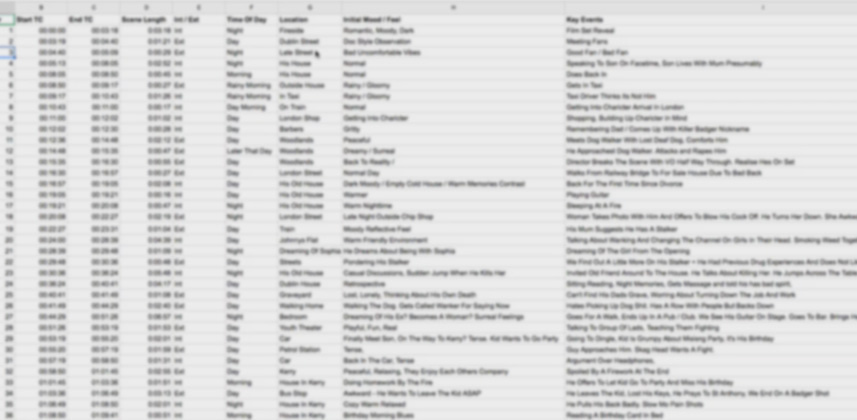| Series |
|---|
Day 24: 25 Insights in 25 Days New Year Marathon
From Commercials To A Feature
I’m beginning a very rare process of Feature Grading, as a commercial colorist, they don’t come around too often!
This feature is only 73mins long so Robbie and Pat would probably have it finished in a day or two!
Short-form colorists myself can struggle transitioning into longer projects as we are so used to obsessing over every little detail in a 30second spot.
Preparation Is Key
My day job is still going to be grading commercials so I need to grade the feature in the evenings and weekends.
This requires being very organized and on top of what needs to be done and when.
I also need to try and maximize the directors attended time as possible.
Let’s jump over to the video below and dive into step one.
Hopefully, I can keep sharing updates as we progress through the grade!
If you’ve got any questions, be sure to leave a comment!
-Dan
Member Content
Sorry... the rest of this content is for members only. You'll need to login or Join Now to continue (we hope you do!).
Need more information about our memberships? Click to learn more.
Membership optionsMember Login



